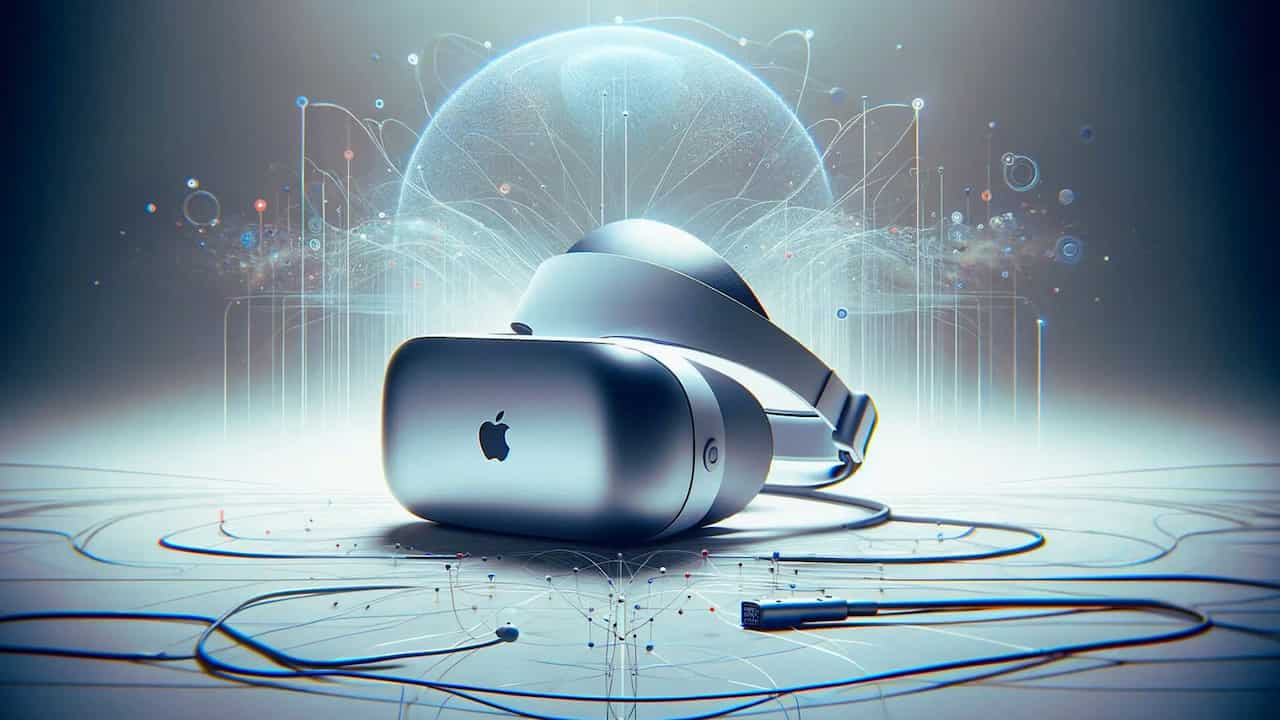Apple’s Vision Pro Evolution: Strategic Shifts and Future Plans Reshape Mixed Reality LandscapeReshape a mixed-reality landscape
In a series of groundbreaking developments, Apple is navigating through significant changes in its Vision Pro strategy, balancing innovation with market demands. Recent reports suggest a complex roadmap for the tech giant’s mixed-reality ambitions.
Key Strategic Shifts
The most striking revelation comes from Bloomberg’s Mark Gurman, who reports that Apple is exploring a revolutionary iPhone-powered Vision device. This potential offering would mark a dramatic departure from the current $3,500 Vision Pro, aiming to make mixed reality more accessible to everyday consumers.
Tim Cook, Apple’s CEO, recently acknowledged the current Vision Pro’s limited appeal, stating, “At $3,500, it’s not a mass-market product. Right now, it’s an early-adopter product.” This honest admission sets the stage for Apple’s strategic pivot.
Delayed Plans and New Directions
Respected analyst Ming-Chi Kuo brings attention to a significant delay in Apple’s timeline. Apple reportedly pushed the anticipated lower-cost Vision model “beyond 2027.” Instead, Apple’s immediate focus appears to be on a 2025 release featuring an upgraded M5 processor.
This delay raises important questions about Apple’s market strategy. Kuo draws an intriguing parallel to the HomePod situation, noting that “simply reducing the price wouldn’t help create successful use cases.” This suggests Apple is prioritizing user experience over quick market expansion.
Market Competition and Innovation
The mixed reality landscape is becoming increasingly competitive. Meta’s Quest 3S, priced at $300 and the Quest 3 at $500, present significant competition in the consumer market. This price gap highlights the strategic challenge Apple faces in broadening its appeal while maintaining its premium positioning.
In response, it has been reported that Apple is currently exploring multiple innovations:
- The iPhone-powered Vision device bears resemblance to Xreal’s eyewear.
- Smart glasses are set to compete with Meta’s Ray-Ban models.
- The advanced M5 chip powers a Vision Pro refresh.
Future Implications
The decision to delay a cheaper model while proceeding with an M5 chip upgrade creates an intriguing dilemma for current and potential buyers. Early adopters might face a tough decision: invest in the current model or wait for the M5-powered version.
Industry Impact
The broader XR industry is watching these developments closely. Google’s preparation for XR headset support and Meta’s push for an “open” XR platform through Horizon OS suggest a rapidly evolving competitive landscape.
Apple’s strategic decisions will likely influence:
- The XR market will adopt future pricing strategies.
- We strike a balance between premium and accessible mixed reality devices.
- Next-generation wearables rely on smartphones for power.
As the mixed reality landscape continues to evolve, Apple’s careful approach suggests a long-term vision focused on creating compelling use cases rather than rushing to market with lower-priced alternatives. This strategy, while potentially limiting short-term market share, aligns with Apple’s historical approach to new product categories.
The next few years will be crucial in determining whether this strategy pays off, as competitors continue to push for more accessible price points and broader market adoption.
Table of Contents
